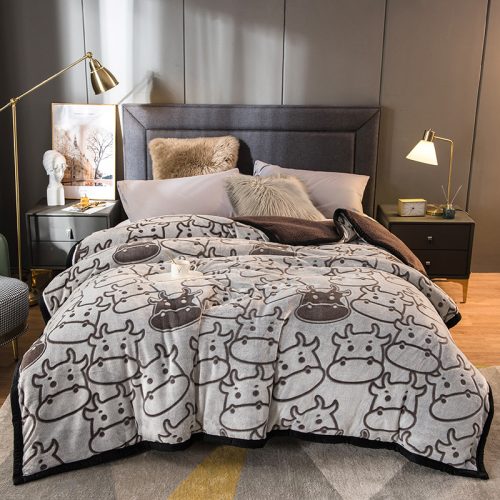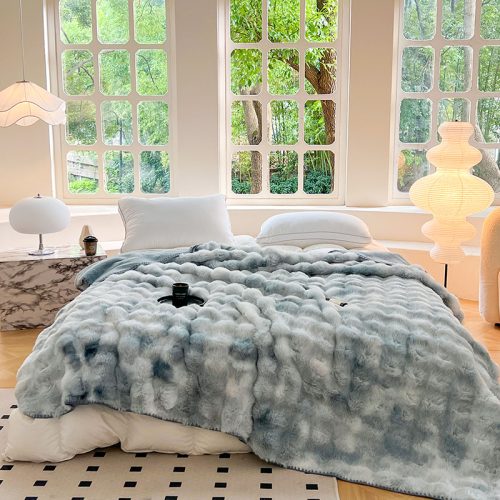Blankets often serve as security objects, providing comfort and emotional support to individuals of all ages. This emotional connection to blankets is deeply rooted in psychological and physiological factors, and it can have a profound impact on one’s sense of well-being and security. Here’s why blankets are often cherished as security objects:
- Comfort and Familiarity: Blankets are soft, familiar, and comforting. Their touch and texture provide a sense of security and safety, much like the comfort of a hug from a loved one.
- Transitional Object: Blankets often serve as transitional objects, especially for children. They bridge the gap between the child’s attachment to their caregiver and their growing independence. The blanket becomes a source of comfort when the caregiver is not present.
- Sensory Soothing: The tactile sensation of touching and holding a blanket can have a soothing effect. The repetitive and rhythmic actions of stroking or clutching the fabric can help regulate emotions and reduce stress and anxiety.
- Smell and Scent: Blankets may carry the scent of the person who uses them, which adds an olfactory element to the emotional connection. The familiar scent of a loved one can provide comfort and a sense of closeness.
- Consistency and Predictability: Blankets are consistent and predictable in their feel and appearance. In a world filled with uncertainty and change, the constancy of a beloved blanket can provide a stable anchor.
- Emotional Attachment: Over time, individuals form emotional attachments to their blankets. They associate the blanket with positive memories, feelings of safety, and a sense of home.
- Security During Sleep: Blankets play a significant role in sleep. The sensation of being tucked in or wrapped up in a blanket can signal the brain that it’s time for rest and relaxation, promoting better sleep quality.
- Transitional Moments: Blankets often become companions during transitional moments in life, such as moving to a new home, starting school, or facing other significant changes. They provide a sense of continuity and comfort during these transitions.
- Stress Relief: Many people turn to their blankets during times of stress, sadness, or anxiety. The physical act of holding or wrapping oneself in a blanket can provide a sense of solace and emotional relief.
- A Source of Nurturing: Blankets can symbolize nurturing and care. People often wrap themselves or their loved ones in blankets when they are unwell or in need of comfort.
- Attachment Beyond Childhood: While security blankets are commonly associated with childhood, many adults continue to have an emotional attachment to specific blankets, quilts, or throws from their past.
In summary, blankets as security objects offer comfort, consistency, and a sense of emotional connection. They play an essential role in providing a feeling of security, soothing stress and anxiety, and promoting well-being and restful sleep. Whether a cherished childhood security blanket or a well-loved adult comforter, the emotional connection to these textiles reflects the human need for physical and emotional warmth and security.


